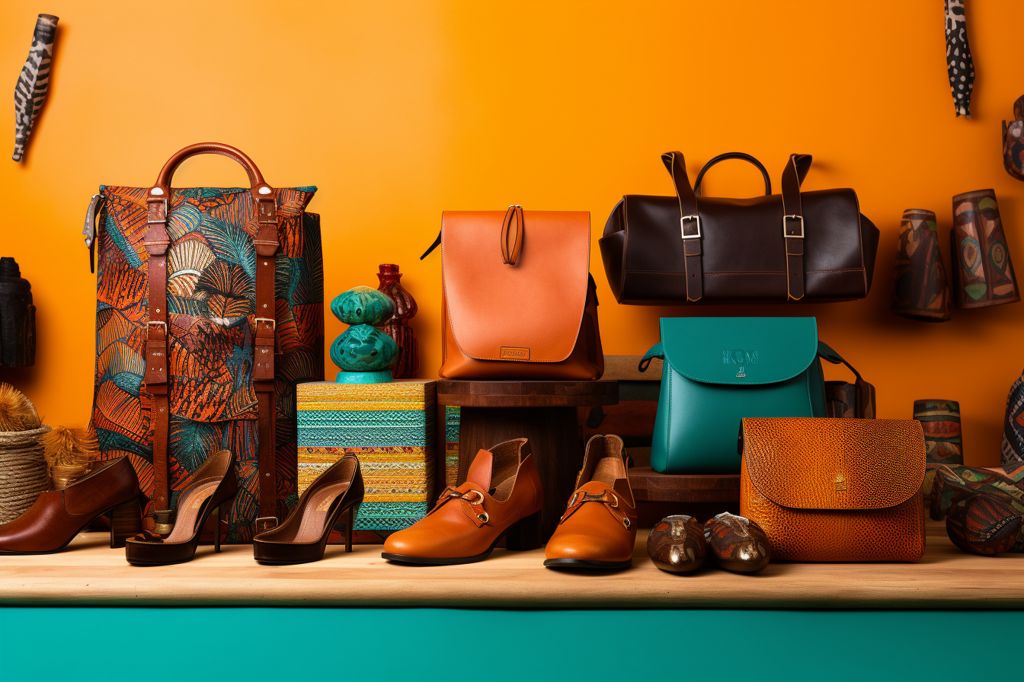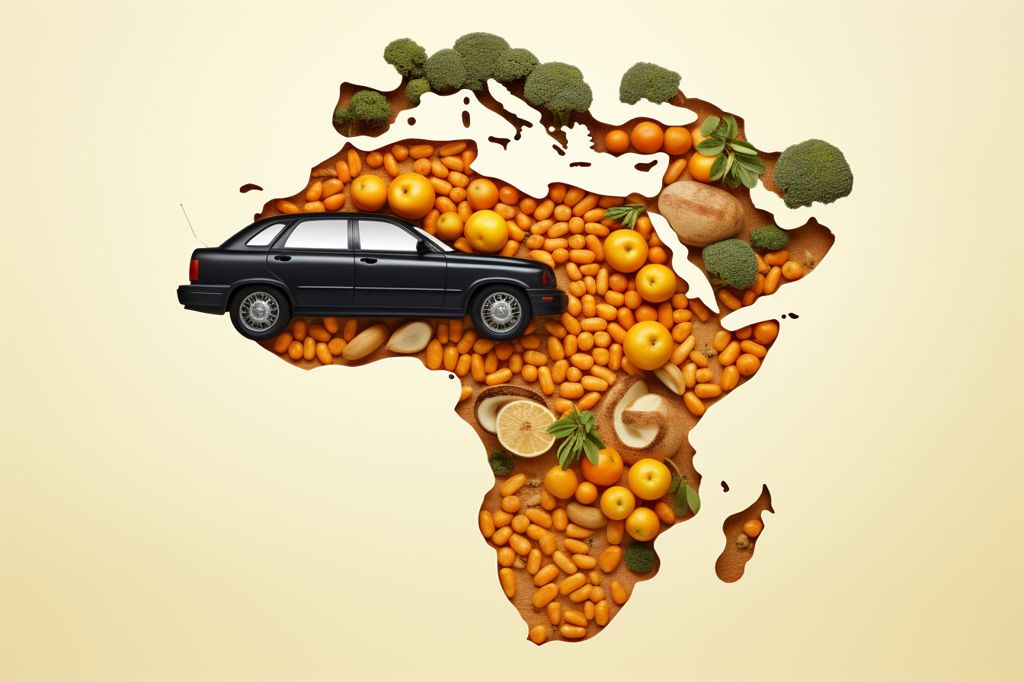Ms. Nomalungelo Gina, Deputy Minister of Trade, Industry and Competition, highlighted the significance of the footwear and leather industry in stimulating the economy and creating jobs. She addressed a business-to-business networking event at the Coastlands Hotel in Durban, which was jointly organized by the South African Footwear and Leather Export Council (SAFLEC) and the eThekwini Municipality Footwear and Leather Cluster. The conference was attended by manufacturers of footwear, leather goods, and handbags, as well as government representatives, partners, stakeholders, and retailers.
Adversely Affected by COVID-19
Gina acknowledged the severe impact of the COVID-19 pandemic on the industry, leading to a decline in profits and job losses. This caused the workforce to reduce from 10,622 to 8,831 individuals. However, she emphasized the sector’s resilience and the government’s continued support, including incentives and the implementation of the Retail-Clothing Textile Footwear Leather Master Plan 2030.
A Labor-Intensive Industry
Gina emphasized the labor-intensive nature of the industry and its potential for job creation, particularly for Small, Micro, and Medium Enterprises (SMMEs) and start-ups. She expressed the government’s intent to accelerate job creation to address social issues like youth unemployment.
Opportunities in the African Continental Free Trade Area (AfCFTA)
Gina urged the industry to explore opportunities in the African Continental Free Trade Area (AfCFTA) Agreement, which aims to enhance intra-Africa trade. She emphasized that becoming a continental player would be significant for South African companies considering the market of 1.3 billion people and a combined Gross Domestic Product (GDP) of $3.4 billion.
Supporting Local Products
Gina called for a change in the status quo when it comes to South Africans consuming items they do not produce. She stressed the importance of supporting and exporting locally made products, which would increase revenue.
Role of SAFLEC
SAFLEC plays a crucial role as the recognized body representing and promoting the South African footwear, leather, handbags, belts, and related industries in international markets. The organization’s collaboration with the eThekwini Municipality Footwear and Leather Cluster and other stakeholders showcases the combined efforts to empower this vital industry and position it as a significant contributor to national economic growth and job creation.
New Horizons for the Industry
The opportunities presented by the AfCFTA Agreement open new horizons for South African footwear and leather manufacturers to tap into a massive market and boost their operations. Furthermore, events like the one in Durban facilitate networking and collaboration, which are crucial for advancing the industry on a national and continental level.
In conclusion, the footwear and leather industry holds immense potential as a key economic driver and job creator for South Africa. Through government support, industry collaboration, and the pursuit of opportunities in the African Continental Free Trade Area, South Africa can further develop this sector, fostering economic growth and prosperity.








